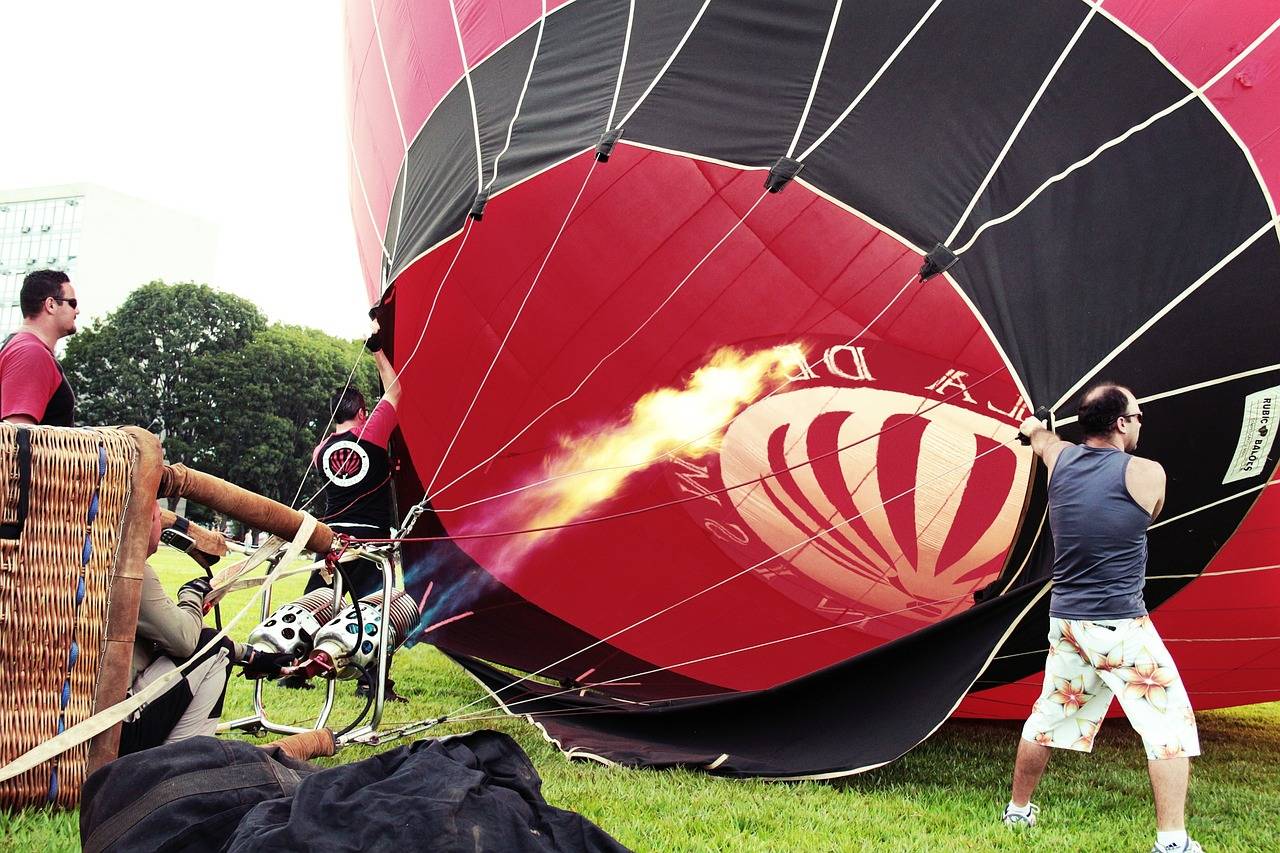The Influence of Cultural Diversity in Animation: Celebrating Global Perspectives
Animation has long been a powerful medium for portraying diverse cultures and identities on screen. Through the use of visuals, storytelling, and music, animation allows for unique and creative ways to explore and celebrate different cultural backgrounds. By incorporating traditional costumes, languages, and customs into animated characters and settings, creators can foster a deeper sense of understanding and appreciation for various cultures among viewers of all ages.
The representation of diverse cultures in animation not only adds richness and authenticity to storytelling but also plays a crucial role in breaking down stereotypes and promoting cultural acceptance. By showcasing a wide range of cultural perspectives and traditions, animation helps to bridge gaps between different communities and foster empathy and respect among audiences. Through thoughtful and respectful portrayal, animation has the power to educate and inspire viewers to embrace the beauty and diversity of the world around them.
Impact of Cultural Diversity on Storytelling
Cultural diversity plays a vital role in shaping the narratives and characters in storytelling. When different cultures are reflected in a story, it adds depth and richness to the plot, making it more engaging and relatable to a wider audience. By incorporating diverse cultural elements, storytellers can offer a more inclusive and authentic representation of the world we live in.
Moreover, cultural diversity allows for the exploration of unique perspectives and traditions, presenting a more nuanced and complex portrayal of characters. Through diverse storytelling, audiences are exposed to a variety of beliefs, values, and customs, fostering a greater sense of empathy and understanding across different cultures. It encourages viewers to broaden their horizons and appreciate the beauty of diversity in storytelling.
How does cultural diversity impact storytelling in animation?
Cultural diversity in animation allows for a more inclusive and authentic representation of different cultures and perspectives in storytelling.
Why is cultural representation important in storytelling?
Cultural representation is important in storytelling as it helps to break stereotypes, promote understanding and empathy, and celebrate the richness of diverse cultures.
How can cultural diversity enhance the storytelling experience?
Cultural diversity can enhance the storytelling experience by introducing new and unique narratives, characters, and settings that create a more engaging and immersive story for audiences.
What are some examples of how cultural diversity has influenced storytelling in animation?
Examples include Disney’s “Moana” which celebrates Polynesian culture, Pixar’s “Coco” which explores Mexican traditions, and DreamWorks’ “Kung Fu Panda” which incorporates Chinese mythology and philosophy.
How can creators ensure authentic cultural representation in storytelling?
Creators can ensure authentic cultural representation by consulting with cultural experts, conducting research, and involving members of the represented culture in the creative process.





